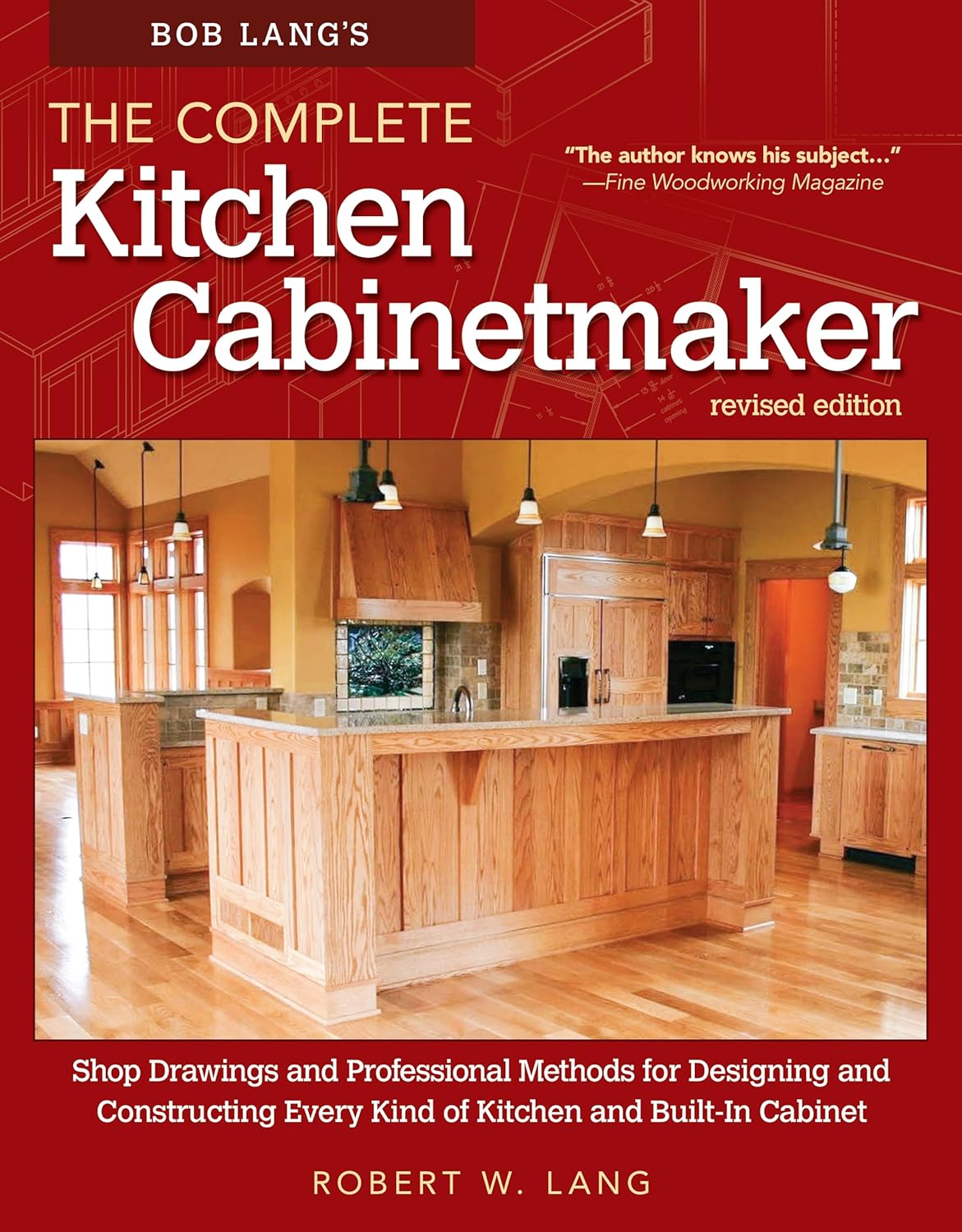








The Ultimate Guide to Designing and Making Built-In Cabinets
Creating built-in cabinets in your home can seem daunting. However, with the right guidance and resources, you can transform your living spaces with beautifully crafted cabinets that enhance both functionality and aesthetics. This guide aims to simplify the complex process of designing and building your custom cabinets, whether for your kitchen, family room, or home office.
What Are Built-In Cabinets?
Built-in cabinets are custom cabinets integrated into a room’s architecture. Unlike standalone furniture, these cabinets are designed to fit seamlessly into the designated space, optimizing storage and enhancing the overall aesthetic appeal of the room.
Why Choose Built-In Cabinets?
Choosing built-in cabinets over traditional cabinetry provides several advantages:
- Maximal Space Efficiency: Built-ins utilize available wall space fully, offering more storage without overcrowding.
- Customization: Tailored specifically to your needs, the design can match any decor, style, or functional requirement.
- Value Addition: Well-crafted cabinets can increase your property’s overall value, appealing to potential buyers.
Planning Your Built-In Cabinet Design
How to Measure Your Space Accurately
Before diving into construction, the first step is to accurately measure your space:
- Wall Measurements: Measure the total length and height of the wall where the cabinets will be installed.
- Consider Fixtures: Identify elements like windows, outlets, and doors that will impact your design.
- Floor Area: Measure the depth you can allocate to the cabinets, considering space for walking around.
What Materials Should You Use?
Selecting the right materials is crucial for the durability and aesthetics of your cabinets. Here are some common options:
- Solid Wood: Offers beauty and robustness, ideal for traditional designs.
- Veneered Plywood: Combines affordability and varied design possibilities.
- MDF (Medium Density Fiberboard): Great for painted finishes but not as durable as wood.
- Plastic Laminates: Excellent for modern looks, easy to clean, and resistant to moisture.
Designing Your Cabinetry
Creating Working Shop Drawings
Shop drawings are essential for visualizing your cabinetry. This process involves:
- Sketching the Layout: Include dimensions, spacing for appliances, and positioning of doors/drawers.
- Material List: Compile a cutting list for the needed materials based on your sketches.
- Detailing Joinery: Clearly define how each piece will connect, whether through screws, dowels, or biscuit joinery.
Understanding Cabinet Styles
Deciding on a style is critical. Your options include:
- Face-Frame Cabinets: Traditional design with frames providing structure; better for heavier doors.
- Frameless Euro-Style Cabinets: Offers a modern aesthetic with more storage space due to the absence of frames.
Building Your Cabinets: Step-by-Step Guide
How to Cut and Join the Basic Box?
- Cut Panels: Start by accurately cutting your panels according to your shop drawings.
- Assemble Box: Use screws or dowels to join the panels. Ensure they are square by checking the diagonal measurements.
- Reinforce Corners: Consider using corner brackets or pocket holes for additional strength.
Making Doors and Drawer Faces
Follow these steps to create beautiful doors and drawer fronts:
- Select Material: Choose a wood or laminate that complements your designed cabinetry.
- Cut Dimensions: Ensure that doors are slightly larger than their frames for proper fitting.
- Joinery Techniques: Use traditional joinery methods such as mortise and tenon for durability.
Sanding, Finishing, and Installing Your Cabinets
What Finishing Techniques Should You Consider?
Finishing is essential to protect your cabinets and enhance their appearance. Some options include:
- Paint: Offers endless color choices and a smooth finish.
- Stain: Allows the beauty of the wood to shine through while providing a protective layer.
- Varnish or Polyurethane: Provides durability, especially for surfaces that experience heavy usage.
Installation Tips
- Leveling: Ensure the base cabinets are level before fixing them to the wall.
- Secure Properly: Use brackets and screws to fasten cabinets to the wall securely.
- Finishing Touches: Add hardware like knobs and handles that enhance usability and aesthetics.
Pros and Cons of Built-In Cabinets
Pros:
- Custom Fit: Tailored to your space and needs.
- Enhanced Aesthetics: Seamlessly integrates with your room’s design.
- Durability: Often more robust than prefab options.
Cons:
- Higher Cost: Requires more investment compared to off-the-shelf cabinets.
- Time-Consuming: Requires detailed planning, assembly, and installation time.
- Requires Skill: Best suited for those with some woodworking experience.
Conclusion
Designing and building built-in cabinets doesn’t have to be an overwhelming task. Whether you’re a seasoned DIY enthusiast or a novice looking to expand your skills, this guide offers practical advice and detailed steps to help you achieve stunning results. With the right materials and a clear plan, you can create cabinetry that not only enhances the beauty of your home but also serves your everyday needs.
FAQs
1. How much do built-in cabinets typically cost?
The price varies greatly based on materials, design complexity, and local labor rates. Expect to invest anywhere from $500 to over $2,500 per linear foot.
2. Can I install built-in cabinets myself?
Yes, with woodworking experience and the right tools, you can successfully install your own built-in cabinets. However, if you’re unsure, consider hiring a professional.
3. What is the best wood for kitchen cabinets?
Hardwoods like oak, maple, and cherry are preferred due to their durability and aesthetic appeal.
4. How long does it take to build and install built-in cabinets?
Depending on the size and complexity, the process can take anywhere from a few days to several weeks.
5. Are built-in cabinets worth the investment?
Absolutely! Built-in cabinets can enhance your home’s functionality and aesthetics while potentially increasing its resale value.








